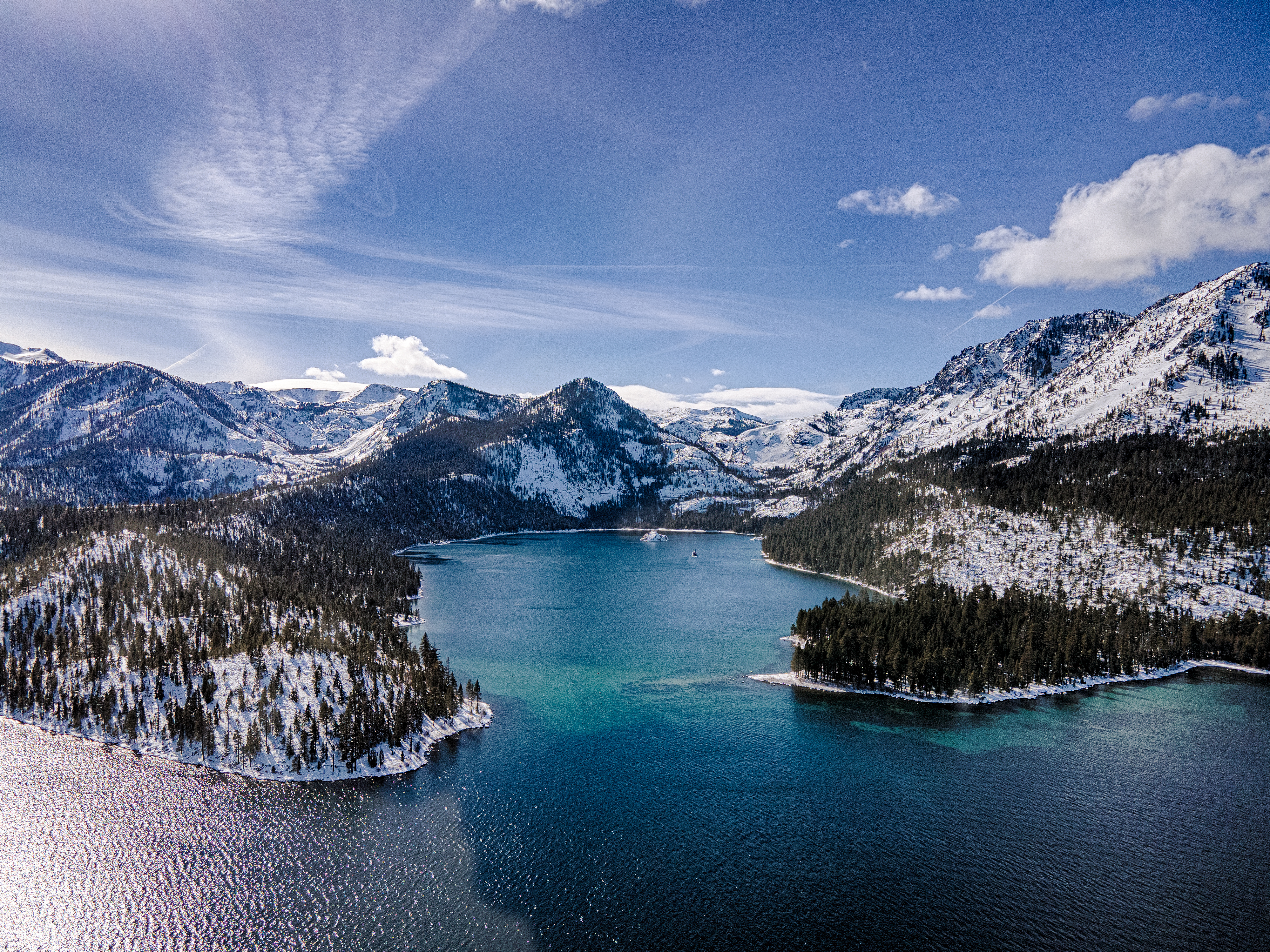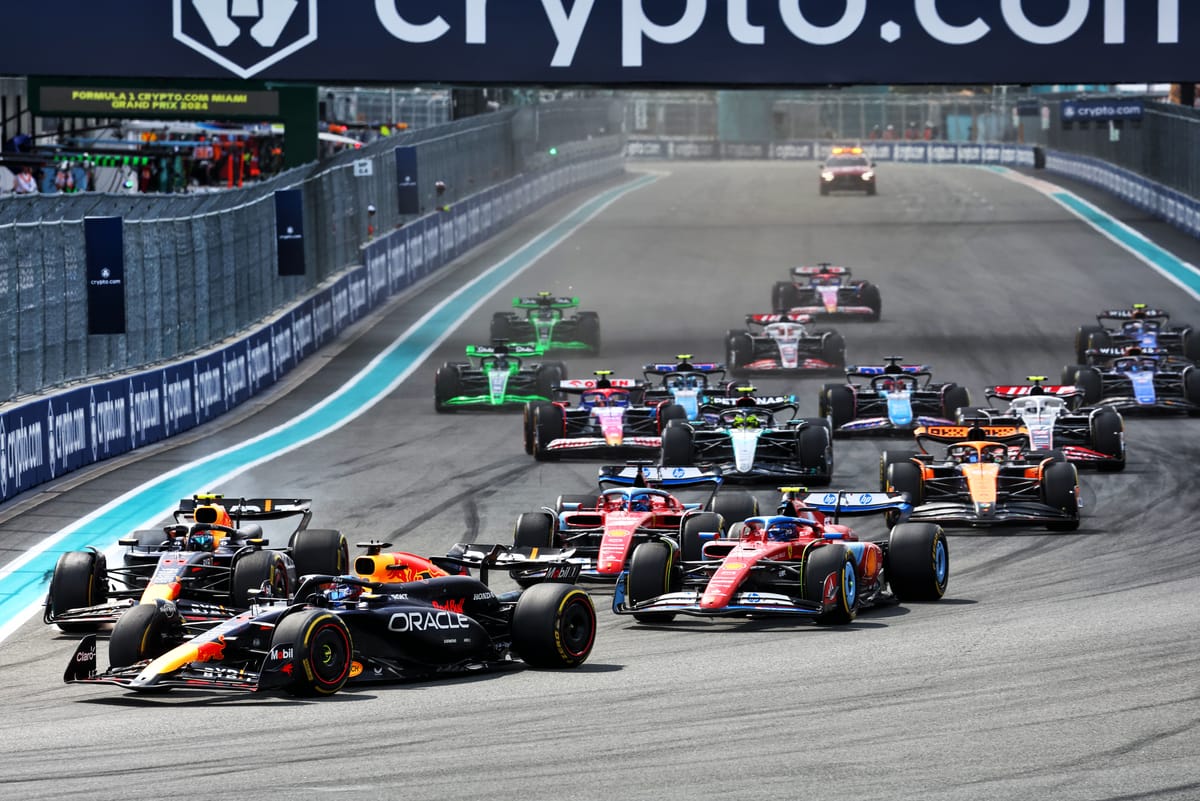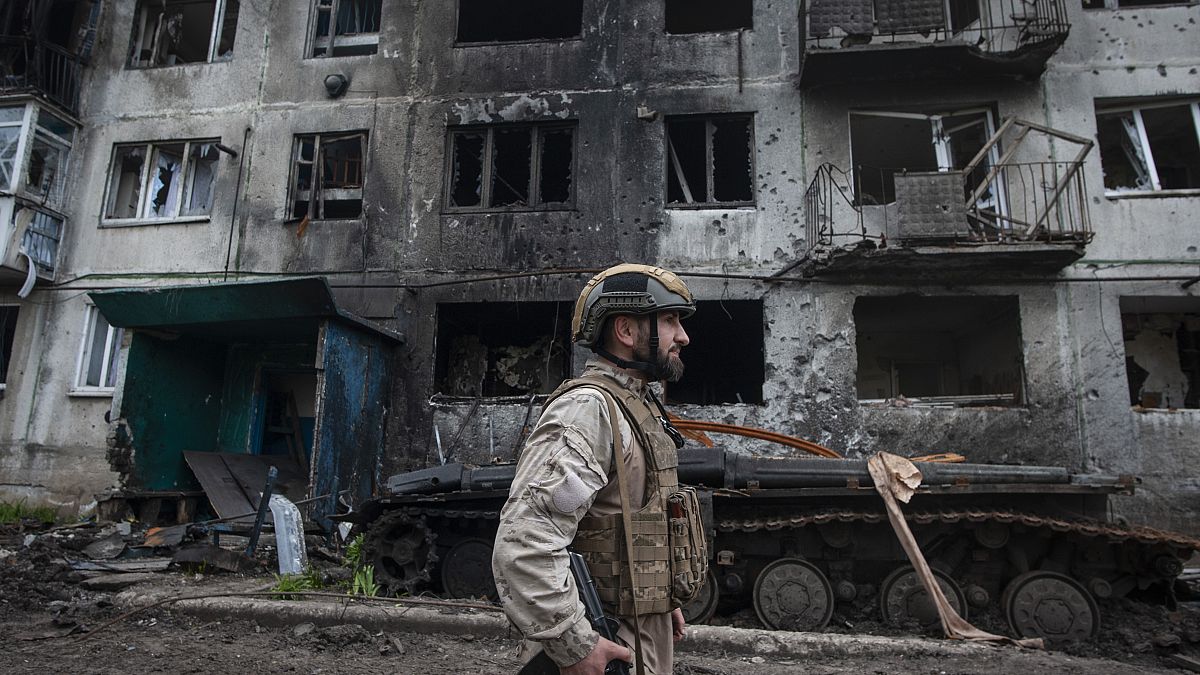World
Will the EU’s €720 million gamble on firefighting planes pay off?
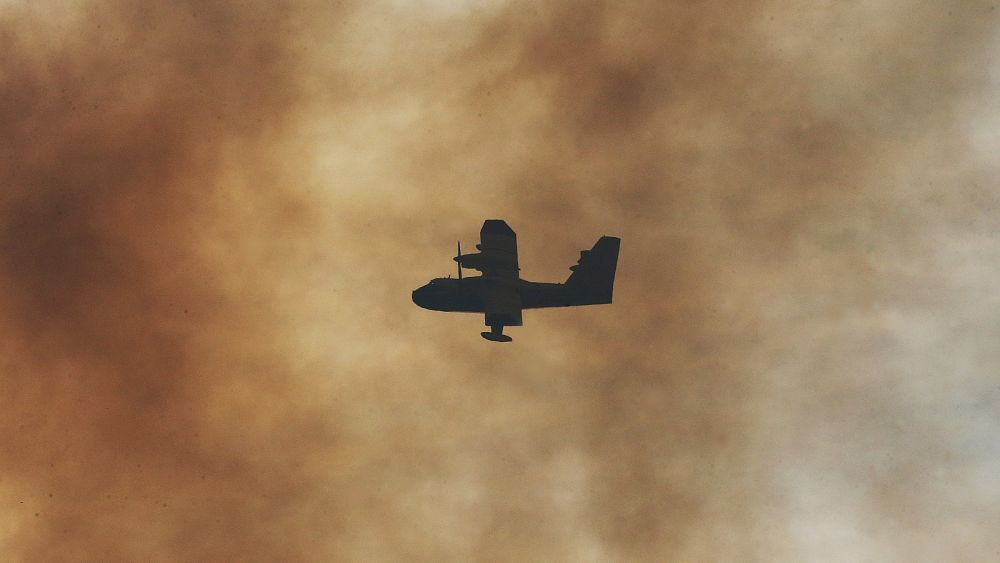
Here’s a look at the new firefighting aircraft the EU is buying.
As wildfires ripped through the Greek island of Rhodes in July, with flames eventually scorching 15 per cent of the island’s land, the European Union said it would invest in up to 12 new firefighting planes.
And as the fire season continued to devastate parts of Greece over the summer, the EU sent eleven planes and a helicopter, nearly half of the bloc’s firefighting air wing.
It’s little surprise then that EU Commissioner for Crisis Management, Janez Lenarcic, expects individual member states to order a further 12 planes separately.
Lenarcic revealed that manufacturer De Havilland Canada has agreed to re-launch production of the iconic “Canadair” aircraft if the EU orders are placed.
But with prices for Canadair water scoopers starting at around €30 million, will the EU’s plane gamble pay off?
What is a Canadair aka, the Super Scooper?
The Canadair belongs to a unique and small family of dedicated aerial firefighting aircraft.
It is often referred to as the super scooper since it does not have to return to a base to refill its water tanks. Instead, the aircraft are designed to be able to skim along the top of a water source, refilling their tanks through inlets, before taking off again.
The giant boat-like plane can take on board up to 5,455 litres of water in just 12 seconds, dumping its load on a fire, before refilling its tank and repeating the process. The fact that the aircraft can refill without returning to base makes it a useful asset when tackling fires in remote areas.
Unfortunately for the EU Commission, the plane went out of production in 2015 and De Havilland Canada now has to design and build a new generation of Canadair, the DHC-515.
As the intensity and duration of wildfires in Europe continue to grow, so too does the need for new aerial water tankers.
However, designing and producing planes is rarely a speedy process, and while the EU hoped to have the first deliveries in 2025, the first will not be delivered before the fire season of 2027.
New design and production costs may also push the price tag higher than €720 million for 24 new aircraft.
How do you use a water tanker?
The key to bringing wildfires under control is by attacking them early, according to Dan Reese, the ex-deputy chief of tactical air operations at the California Department of Forestry and Fire Protection.
Reese, who now runs his own International Wildfire Consulting Group (IWCG), explained how not using aerial assets early on can lead to a vicious circle where firefighting planes become overstretched and increasingly ineffective.
“If we don’t attack smaller fires appropriately at the beginning when aviation is most effective, when those fires stand up because we didn’t attack them properly then they get bigger. The bigger they get, the more resources they suck up,” he said.
He added that the “more resources big fires suck up, the more depleted the resources become for viable successful initial attacks on new fires”.
Water bombers are also rarely used or able to put out a wildfire by themselves. Instead, they are used to assist firefighters on the ground by suppressing and slowing fires, giving ground assets time to get ahead of blazes.
Canadair caveats
Despite the Canadair’s impressive appearance, there are limitations to the aircraft.
Like most firefighting aircraft, the plane can’t operate during heavy smoke, strong winds, or nighttime. However, while a plane which drops fire retardant cannot operate at night either, its previous payloads can continue to be effective throughout the dark, slowing and containing fires.
The same cannot be said for firefighting planes which deploy water. Once the water has evaporated it loses its usefulness, meaning continuous runs are needed to suppress a fire.
With Canadair planes, once the sun goes, so too does their usefulness. And given that the aircraft is most useful when used in the initial attacking of a fire, having to wait eight hours for the sun is far from ideal.
The aircraft also needs water bodies in which to refill its tanks. When operating inland in hot summer months, finding these bodies may become harder, especially if droughts continue to shrink EU reservoir and lake water levels.
The large price tag of the aircraft will also leave less money for the EU Commission to fund other types of firefighting aircraft. While the EU has little choice in this, after all, a company isn’t going to begin production of a new aircraft without significant firm orders, it will still result in less money for other firefighting resources.
“One must ask if the aerial firefighter’s toolbox is diverse enough to cover and support what is needed to make wildland firefighters successful. This means what impact will the aviation programme make 24 hours of the day, versus just 12 hours of the day?” Reese said.
The need for aerial assets
The EU’s Joint Resource Centre (JRC) predicts that “the number of days per year with high to extreme wildfire danger is projected to rise nearly everywhere in Europe with global warming as a result of higher temperatures and increased drought periods”.
As wildfire seasons continue to begin earlier and last longer, the need for aerial firefighting capabilities is only set to grow.
Climate change may also mean that more northerly countries increasingly have to worry about severe wildfires.
It is little surprise then that big players such as Airbus are also looking at developing their own water tanker capabilities. In July of last year, the firm successfully tested a removable firefighting demonstrator kit on its A400M airlifter. It’s an ability it insists is meant to complement rather than compete with Canadairs.
Whichever aircraft and regardless of how they’re used, we can expect to hear the EU Commission talking much more about aerial firefighting assets in the years to come.

World
With help from AI, Randy Travis got his voice back. Here's how his first song post-stroke came to be
With some help from artificial intelligence, country music star Randy Travis, celebrated for his timeless hits like “Forever and Ever, Amen” and “I Told You So,” has his voice back.
In July 2013, Travis was hospitalized with viral cardiomyopathy, a virus that attacks the heart, and later suffered a stroke. The Country Music Hall of Famer had to relearn how to walk, spell and read in the years that followed. A condition called aphasia limits his ability to speak — it’s why his wife Mary Travis assists him in interviews. It’s also why he hasn’t released new music in over a decade, until now.
“What That Came From,” which released Friday, is a rich acoustic ballad amplified by Travis’ immediately recognizable, soulful vocal tone.
Cris Lacy, Warner Music Nashville co-president, approached Randy and Mary Travis and asked: “‘What if we could take Randy’s voice and recreate it using AI?,’” Mary Travis told The Associated Press over Zoom last week, Randy smiling in agreement right next to her. “Well, we were all over that, so we were so excited.”
“All I ever wanted since the day of a stroke was to hear that voice again.”
Lacy tapped developers in London to create a proprietary AI model to begin the process. The result was two models: One with 12 vocal stems (or song samples), and another with 42 stems collected across Travis’ career — from 1985 to 2013, says Kyle Lehning, Travis’ longtime producer. Lacy and Lehning chose to use “Where That Came From,” a song written by Scotty Emerick and John Scott Sherrill that Lehning co-produced and held on to for years. He believed it could best articulate the humanity of Travis’ idiosyncratic vocal style.
“I never even thought about another song,” Lehning said.
Once he input the demo vocal (sung by James Dupree) into the AI models, “it took about five minutes to analyze,” says Lehning. “I really wish somebody had been here with a camera because I was the first person to hear it. And it was stunning, to me, how good it was sort of right off the bat. It’s hard to put an equation around it, but it was probably 70, 75% what you hear now.”
“There were certain aspects of it that were not authentic to Randy’s performance,” he said, so he began to edit and build on the recording with engineer Casey Wood, who also worked closely with Travis over a few decades.
The pair cherrypicked from the two models, and made alterations to things like vibrato speed, or slowing and relaxing phrases. “Randy is a laid-back singer,” Lehning says. “Randy, in my opinion, had an old soul quality to his voice. That’s one of the things that made him unique, but also, somehow familiar.”
His vocal performance on “What That Came From” had to reflect that fact.
“We were able to just improve on it,” Lehning says of the AI recording. “It was emotional, and it’s still emotional.”
Mary Travis says the “human element,” and “the people that are involved” in this project, separate it from more nefarious uses of AI in music.
“Randy, I remember watching him when he first heard the song after it was completed. It was beautiful because at first, he was surprised, and then he was very pensive, and he was listening and studying,” she said. “And then he put his head down and his eyes were a little watery. I think he went through every emotion there was, in those three minutes of just hearing his voice again.”
Lacy agrees. “The beauty of this is, you know, we’re doing it with a voice that the world knows and has heard and has been comforted by,” she says.
“But I think, just on human terms, it’s a very real need. And it’s a big loss when you lose the voice of someone that you were connected to, and the ability to have it back is a beautiful gift.”
They also hope that this song will work to educate people on the good that AI can do — not the fraudulent activities that so frequently make headlines. “We’re hoping that maybe we can set a standard,” Mary Travis says, where credit is given where credit is due — and artists have control over their voice and work.
Last month, over 200 artists signed an open letter submitted by the Artist Rights Alliance non-profit, calling on artificial intelligence tech companies, developers, platforms, digital music services and platforms to stop using AI “to infringe upon and devalue the rights of human artists.” Artists who co-signed included Stevie Wonder, Miranda Lambert, Billie Eilish, Nicki Minaj, Peter Frampton, Katy Perry, Smokey Robinson and J Balvin.
So, now that “Where That Came From” is here, will there be more original Randy Travis songs in the future?
“There may be others,” says Mary Travis. “We’ll see where this goes. This is such a foreign territory. There’s likely more on the horizon.”
“We do have other tracks,” says Lacy, but Warner Music is being as selective. “This isn’t a stunt, and it’s not a parlor trick,” she added. “It was important to have a song worthy of him.”
World
A military court sentences 8 Congolese army soldiers to death for cowardice, other crimes
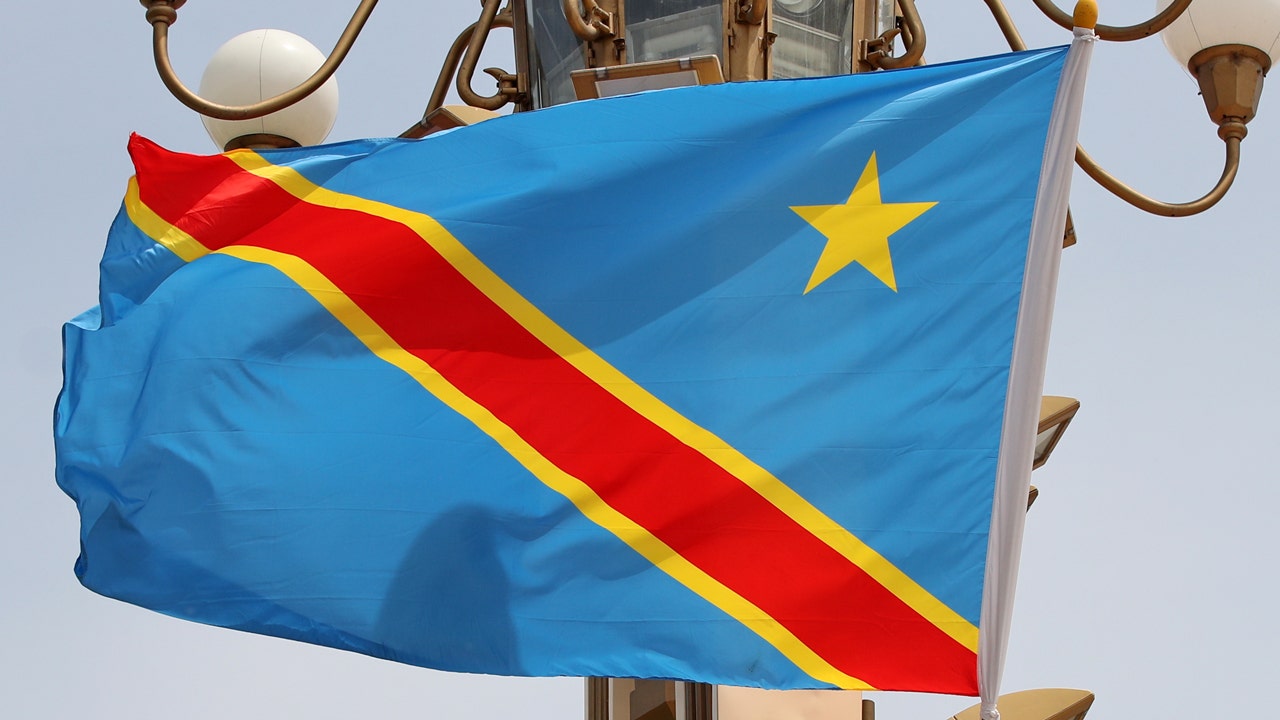
A military court in eastern Congo on Friday sentenced eight soldiers to death for cowardice and other crimes linked to fleeing the battlefield, as the government struggles to contain violence and attacks in the mineral-rich area where many armed groups operate.
In March, Congo lifted a more than 20-year moratorium on the death penalty, stating that those guilty of treason and espionage were able to get away without proper punishment. Human rights organizations criticized the decision.
BOMBING AT REFUGEE CAMP KILLS 5 PEOPLE, INCLUDING CHILDREN, IN EASTERN CONGO
Alexis Olenga, a lawyer for Paluku Olenga, one of the soldiers sentenced to death, said his client had not fled the battlefield because he was arrested in the area of his assignment.
A military court in eastern Congo has sentenced eight soldiers to death for cowardice and other crimes linked to fleeing the battlefield, as the government struggles to contain violence and attacks in the mineral-rich area where many armed groups operate. (Photo by Wang Xin/VCG)
“This is a monstrous decision, I believe we must immediately challenge it before the high military court,” he told The Associated Press.
The military court in Goma, the provincial capital of North Kivu, acquitted three other soldiers of all charges and released them.
Moïse Hangi, a civil society activist, told the AP that “instead of repairing our security apparatus, these kinds of decisions will increasingly weaken our army and make those on the lines of defense more fearful.”
The decades-long conflict in eastern Congo has produced one of the world’s worst humanitarian crises, with over 100 armed groups fighting in the region, most for land and control of mines with valuable minerals. Some are fighting to try to protect their communities.
Many groups are accused of carrying out mass killings, rapes and other human rights violations. The violence has displaced about 7 million people, many beyond the reach of aid.
World
Stand-in Jose Raul Mulino wins Panama presidential race

The stand-in candidate for popular ex-President Ricardo Martinelli has promised to boost the economy.
Jose Raul Mulino, a stand-in for a former president banned from running, has won the country’s presidential elections.
Authorities unofficially called the race late on Sunday after three of Mulino’s closest competitors conceded defeat. The former security minister, who was a late entrant to the race after his mentor President Ricardo Martinelli was removed from power after being convicted of corruption, secured more than a third of the votes cast in the country of 4.4 million people.
At stake for the new leader is the Central American country’s woes with government corruption, a severe drought that has affected maritime traffic in the economically important Panama Canal, as well as US-bound migrants passing through Panama’s jungles in droves.
“Mission accomplished,” Mulino said after the early results were released. “This is perhaps the most important date of my life, and the greatest responsibility of a Panamanian falls on my shoulders and my family to lead the destiny of the nation.”
Running on the ticket of the Achieving Goals and Alliance parties, the 64-year-old had led opinion polls ahead of the vote as he played up his connections to Martinelli, who was initially his running mate.
The popular ex-president, who oversaw a booming economy from 2009 to 2014, was set to run with Mulino as his deputy. However, he was barred due to a money laundering conviction.
The firebrand politician still dominated much of the race, campaigning for Mulino from inside the Nicaraguan embassy, in which he took refuge on February 8 after receiving political asylum.
Mulino acknowledged Martinelli after his win, saying: “When you invited me to be vice president, I never imagined this.”
More than 77 percent of three million eligible voters cast their ballots for a new president, parliament and local governments for the next five years.
Anticorruption candidate Ricardo Lombana trailed Mulino in second place, ahead of former President Martin Torrijos and former chancellor Romulo Roux. The three conceded defeat on Sunday evening.
Power behind the throne
Mulino, who will serve as head of state and prime minister, for a single five-year term, is set to take office on July 1.
A last-minute Supreme Court decision had validated his bid to stand in for Martinelli after the former president lost an appeal against his conviction.
Mulino’s candidacy had been challenged because he had not won a primary vote or picked a running partner as required under Panama laws.
But the court dismissed that complaint in a ruling welcomed by Martinelli, whose government oversaw an infrastructure boom, including a widening of the Panama Canal and construction of Central America’s first metro line.
Mulino has promised a return to strong economic growth. Many believe ex-president Martinelli will lead the country from behind the scenes.
Voters were highly concerned about corruption and the economy. The term of outgoing President Laurentino Cortizo of the majority Democratic Revolutionary Party (PRD) was marred by allegations of widespread official corruption, declining foreign investment and high public debt.
Last year, the country was roiled by protests, targeting a government concession for Canadian miner First Quantum to continue operating the Cobre Panama copper mine.
Critics say that the mine endangers water sources; a particularly sensitive issue in Panama currently. Drought has effectively handicapped trade transit through the Panama Canal.
The country also faces high income inequality, with unemployment close to 10 percent, and gross domestic product (GDP) growth is forecast to slow from 7.3 percent in 2023 to 2.5 percent this year, according to the International Monetary Fund.
Mulino will also have to tackle migration issues. Some half a million migrants have streamed through the Darien Gap between Colombia and Panama. Activists warn that they face the threat of exploitation and physical danger.
-

 Politics1 week ago
Politics1 week agoColumbia University’s policy-making senate votes for resolution calling to investigate school’s leadership
-

 News1 week ago
News1 week agoBoth sides prepare as Florida's six-week abortion ban is set to take effect Wednesday
-

 Politics1 week ago
Politics1 week agoRepublican makes major announcement in push to grow GOP support from once-solid Dem voting bloc
-

 Politics1 week ago
Politics1 week agoGOP Rep. Bill Posey won't seek re-election, endorses former Florida Senate President as replacement
-

 World1 week ago
World1 week agoBrussels, my love? MEPs check out of Strasbourg after 5 eventful years
-

 Politics1 week ago
Politics1 week agoHouse Republicans brace for spring legislative sprint with one less GOP vote
-

 World1 week ago
World1 week agoAt least four dead in US after dozens of tornadoes rip through Oklahoma
-

 World1 week ago
World1 week agoRussian forces gained partial control of Donetsk's Ocheretyne town




